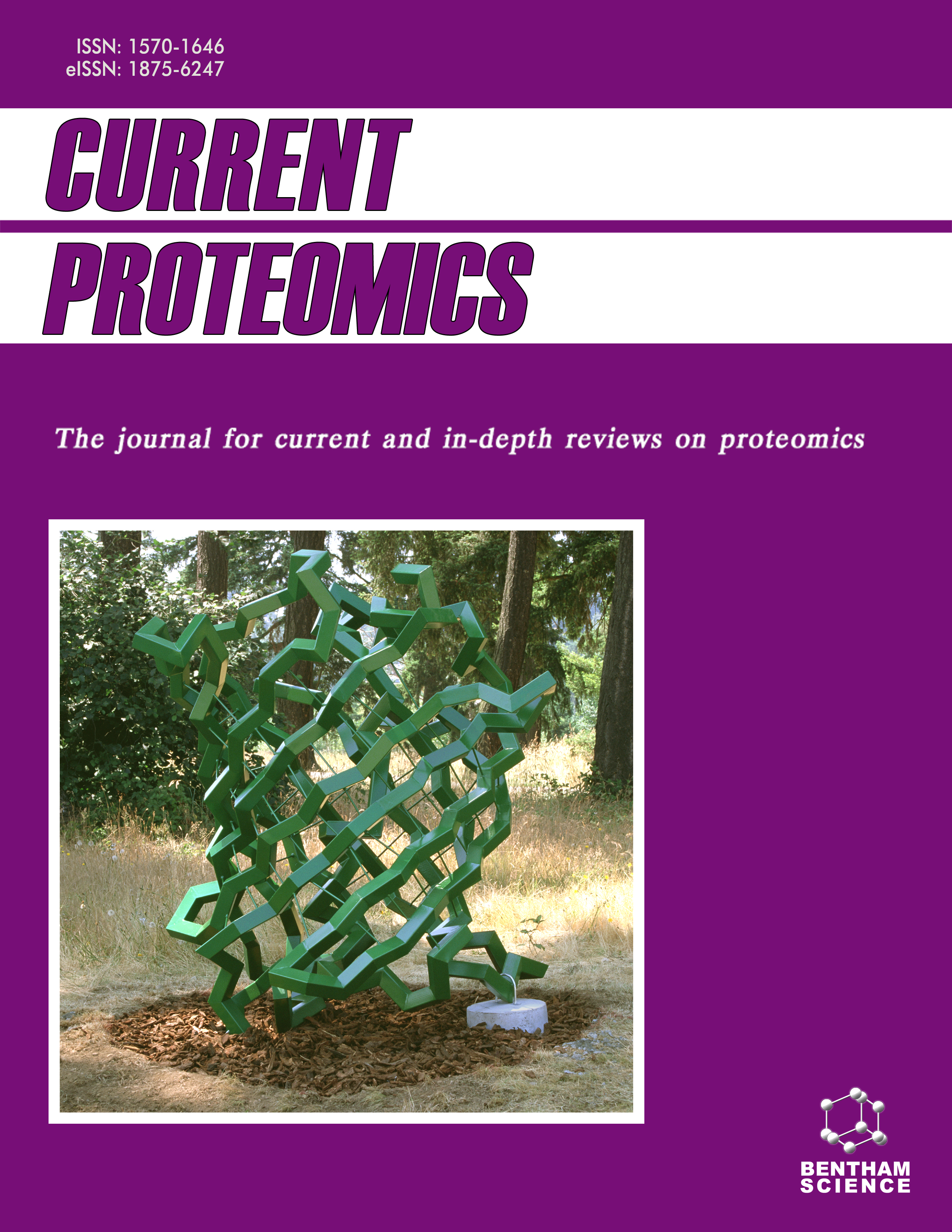
Full text loading...
We use cookies to track usage and preferences.I Understand

Centella asiatica is a tropical medicinal herb traditionally used for the treatment of different diseases, such as arthritis, kidney disease, diabetes mellitus, etc. Diabetes mellitus is emerging as a global health concern, demanding research to provide insights into it.
The current research study aimed at employing the Network Pharmacology and Molecular Docking approach to unearth and validate the possible molecular mechanism involved in the treatment of diabetic mellitus with herbal constituents from Centella asiatica.
The phytocompounds and targets of Centella asiatica were screened from different databases. An herb-core-target-ingredient-diabetes mellitus network was established via Cystoscope 3.7.2. Next, Go and KEGG enrichment analysis was performed. Lastly, the interaction between ligands and targets was investigated via molecular docking.
According to the results obtained, we identified 49 core targets of diabetes mellitus and 37 active ingredients of Centella asiatica. Next, Go and KEGG resulted in a total of 455 biological processes for the treatment of diabetes mellitus. The KEGG enrichment analysis reported that the targets were related to metabolic pathways, insulin signaling pathways, glycolysis/gluconeogenesis, oxidative stress, insulin resistance, etc. On the basis of KEGG enrichment and protein-protein interaction, we selected Fructose-1-6 bisphosphate1 (FBP1), Glucokinase (GCK), Cytochromes P450 (CYP19A1), fatty acid binding protein 1 (FABP1), Interleukin 2 (IL2) and angiotensin-converting enzyme (ACE), and phytocompounds from Centella asiatica for docking. From the docking study, it was concluded that several targets had a stable binding affinity with Centella asiatica phytocompounds.
We explored the biological mechanism of phytocompounds involved in the treatment of diabetes mellitus through different biological processes and signaling pathways, and lastly, docking provides us commending results that direct for experiments ahead.

Article metrics loading...

Full text loading...
References


Data & Media loading...